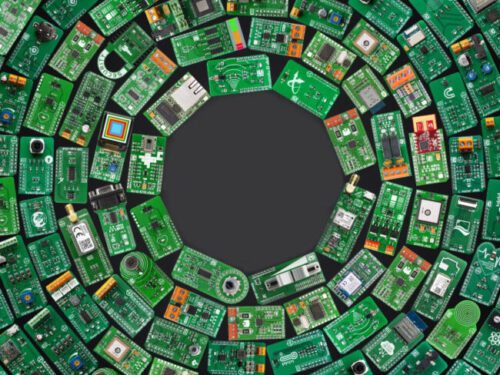MIKROE

Driving Efficient, Scalable IoT Applications
MikroElektronika (MIKROE) offers hardware and software tools that enable rapid, efficient IoT deployment across various industries.
The company works with the following verticals:
- Smart city applications
- Industrial IoT
- Agriculture
- Health care and wearables
- Automotive and telematics
- Retail and asset tracking
Simplifying IoT through Partnership
MIKROE has partnered with Telit Cinterion to simplify IoT device development. This is achieved by combining MIKROE’s hardware and software tools with Telit Cinterion’s:
- Cellular modules and GNSS
- IoT connectivity plans and services
- Edge computing capabilities
This strategic partnership focuses on three key aspects:
- Hardware integration
- Software development support
- Precertified solutions
MIKROE offers click boards™ that provide plug-and-play functionality and are compatible with these Telit Cinterion cellular modules and GNSS:
- SE868 series (GNSS 19 Click)
- TX62 (LTE IoT 11 Click)
- EXS82 (LTE IoT 9 Click)
- ELS61 and ELS62 (LTE Cat. 1 – EU Click/ LTE Cat. 1-USClick)
